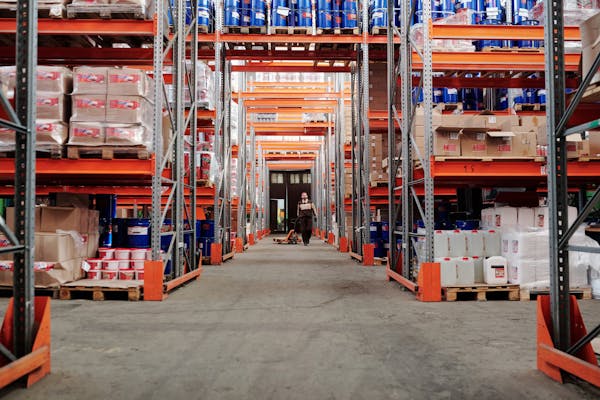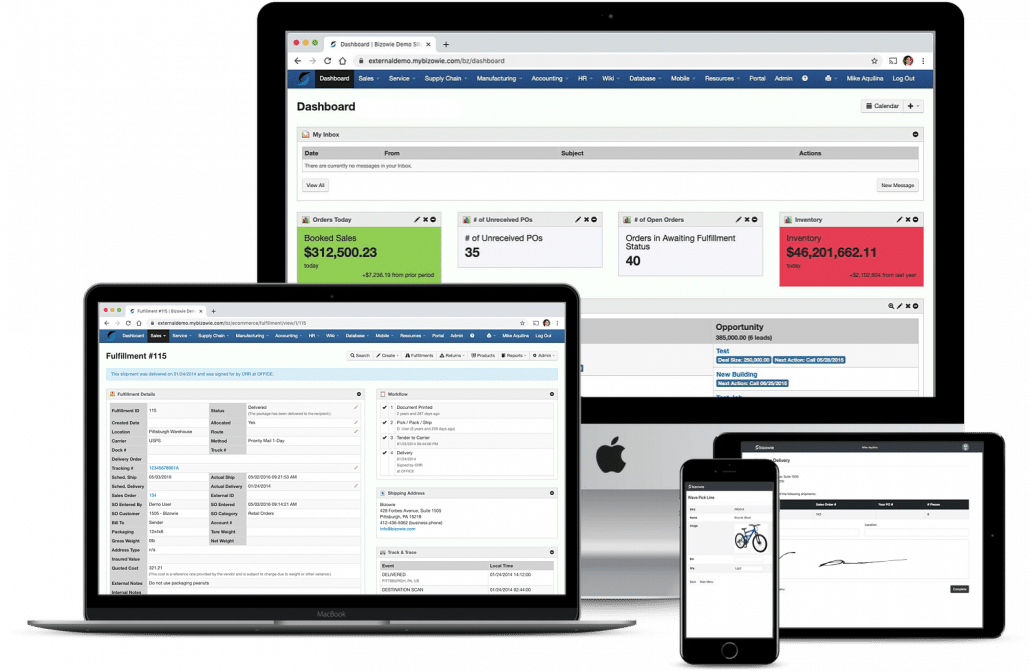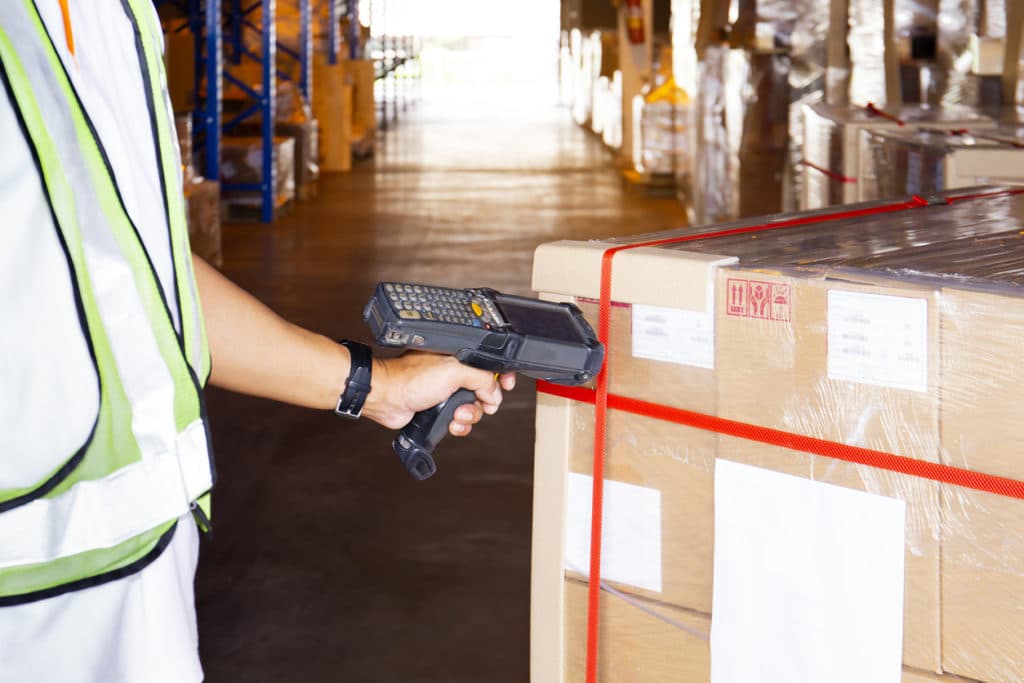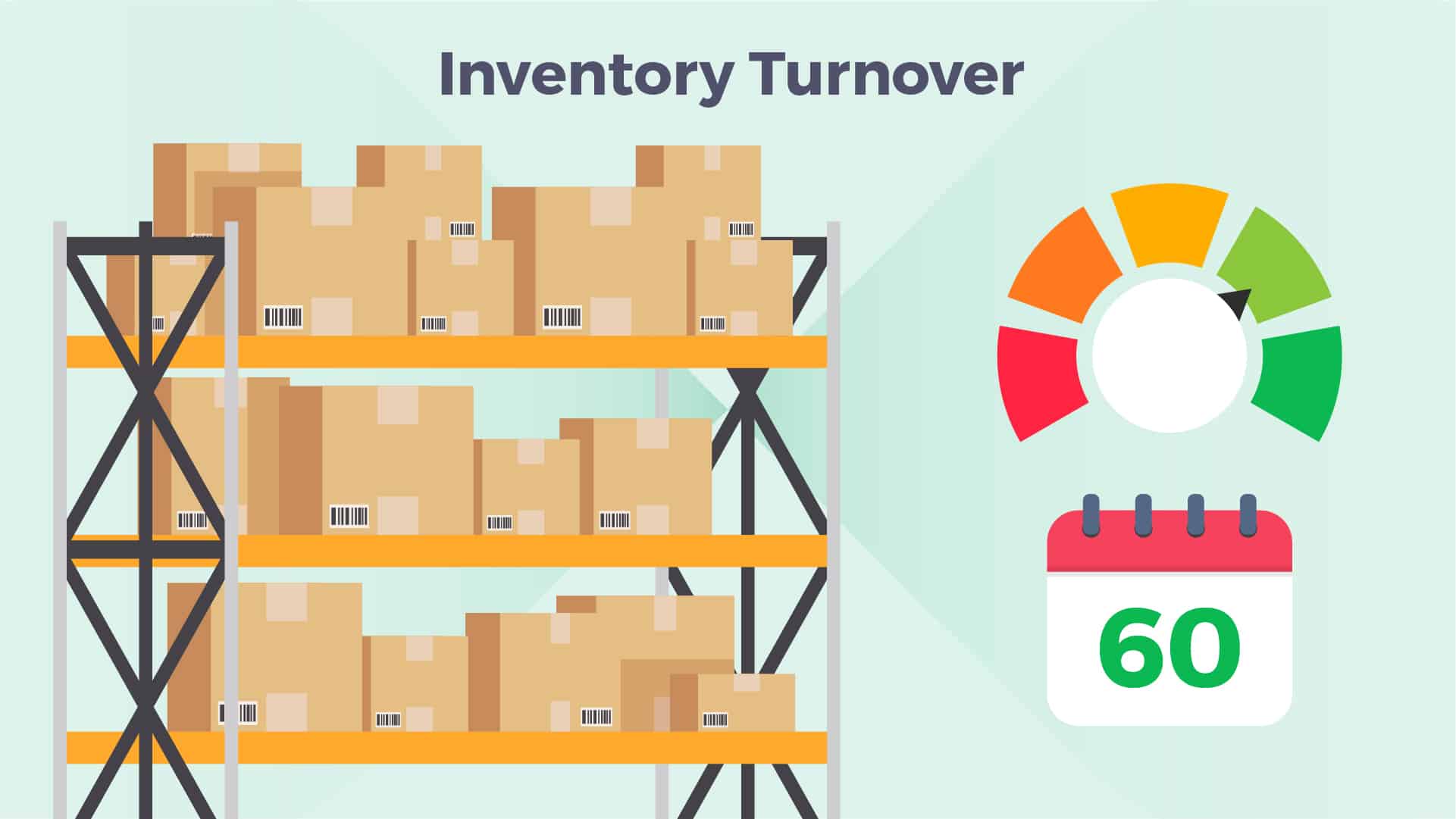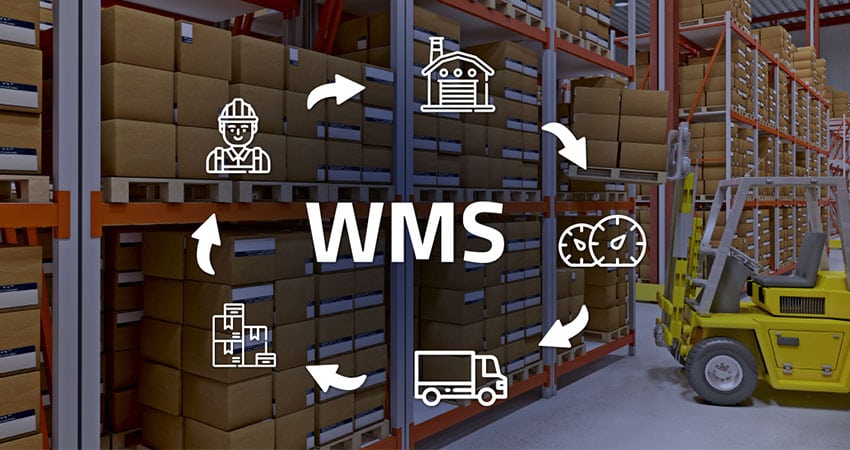
Pick Path Optimization: Reduce Picker Travel Time to Boost Warehouse Efficiency
Every extra mile a picker walks in a warehouse adds time, cost and complexity to daily operations. Distribution centers often face slow order fulfillment, rising labor expenses and frustrated customers when picker travel is not controlled. Pick path optimization is the answer, helping teams plot the most efficient route and cut wasted motion. With clear pick paths, workers spend less time wandering and more time moving products, speeding up order turnaround and making labor costs more predictable. A smoother workflow makes customers happier, too, thanks to faster and more reliable deliveries. For a deeper look into the value of warehouse pick path optimization, you’ll find even more reasons why this strategy is essential for today’s operations. Understanding Pick Path Optimization in Modern Warehousing Daily warehouse life depends on how quickly and accurately your pickers can grab products and get orders ready to ship. This makes pick path optimization much more than just a tech buzzword. It’s a must-have for warehouses aiming to get faster, cut costs, keep staff happy, and delight customers with speedy deliveries. Getting a grip on the basics is the first step toward smarter, more efficient operations. What is Pick Path Optimization? Pick path optimization is the process of figuring out the shortest and smartest walking route for warehouse pickers as they collect products for orders. This strategy ensures workers move with purpose, avoiding random routes and wasted steps. Instead of hoping for the best, managers use logical layouts and digital tools to plot paths that shrink travel time. In the heart of day-to-day operations, pick path optimization means: Cut down on unnecessary walking and searching. Give pickers clear directions so they can stay focused. Speed up order fulfillment by reducing backtracking. The result is a smoother workflow, fewer mistakes, and a happier, less tired team. If you want a deeper look at the practice, Warehouse Pick Path Optimization has more details and practical tips. Key Objectives and Principles of Efficient Picking Routes A well-designed pick path isn’t just about speed. It aims for a balance of efficiency, accuracy, and employee comfort. The best plans focus on several main goals: Minimizing travel distance: The shorter the route, the less time and energy it takes to pick an order. Reducing congestion: Smart routing keeps pickers from bumping into each other or blocking aisles, which can slow things down. Improving picker ergonomics: By avoiding awkward backtracking or heavy lifting over long distances, workplaces reduce fatigue and injury. Boosting accuracy: Clear, logical routes help pickers make fewer mistakes, which cuts down on returns and unhappy customers. Consistent productivity: Well-mapped paths ensure performance stays steady across shifts, so managers can plan their labor needs with less guesswork. A warehouse that gets these basics right sees less chaos and more control. It doesn’t take a total overhaul, either—often, small changes make a big difference. The Role of Technology: WMS, Automation, and Real-Time Data Warehouse leaders are turning to software and automation to fine-tune pick paths. Technology no longer just tracks orders or spots missing products. Now, it plays a direct hand in the way people move through aisles. Warehouse Management Systems (WMS): A modern WMS can map the most effective routes for each picker, update these plans based on real-time order volumes, and adapt to shifts in stock levels. If you’re curious about connecting your tech stack, read more about Warehouse Management System Integrations. Automation: Some warehouses use robots to assist or even replace pickers, especially for repetitive or long-distance tasks. Automated guided vehicles (AGVs) and sorting systems minimize human walking time. Real-time data and analytics: Instant feedback from scanners, sensors, and wearable tech tells managers what’s working and what’s not. Data makes it possible to tweak routes on the fly, improving both speed and accuracy. The mix of software, smart devices, and data means warehouses can keep improving, adapting routes before problems grow. Technology isn’t just for the biggest distribution centers, either. Even smaller teams can see big benefits from smarter picking with the right digital tools in place. Quantifying the Impact: How Picker Travel Time Affects Warehouse Efficiency Cutting picker travel time isn’t just about getting someone across a warehouse faster—it’s key to controlling costs, boosting productivity, and delighting your customers. Small tweaks in pick path optimization ripple through the whole workflow, affecting the bottom line and the experience people have with your business. To understand why this matters so much, let’s break down exactly how excess travel impacts labor, productivity, and customer service, along with which KPIs show real improvement. Labor Costs and Picker Productivity Labor is often the largest expense for a warehouse. The longer pickers are on their feet without moving products, the higher those costs stack up. If someone spends most of their shift walking instead of picking, you’re losing out in a big way. Think of it like a delivery driver who spends hours circling back and forth instead of taking the shortest route—they burn fuel and time, and the business loses money. Excess picker travel time causes: More hours worked for the same output Higher overtime rates, especially during peak seasons Lower morale, as tired pickers struggle through longer shifts Greater risk of physical strain or injury Streamlined pick paths mean pickers: Spend more time actually picking instead of walking Can handle more orders per hour Need fewer rest breaks and recover faster between shifts Labor savings add up quickly. Companies that adopt smarter routes can often see payroll costs drop, simply because fewer staff are needed to handle the same order volume. For managers, it also means easier scheduling and happier teams. Order Cycle Time and Customer Satisfaction Every extra minute pickers spend wandering the warehouse adds to the total time to fulfill an order. In today’s market, slow delivery isn’t just inconvenient—it can cost you repeat business. Customers expect their orders to be picked, packed, and shipped out fast, and longer order cycle times can tank your ratings or send business to a competitor. Efficient pick path optimization directly shrinks order





![How to Optimize Warehouse Stock Control with Leanafy WMS [2025 Guide]](https://leanafy.com/wp-content/uploads/2025/05/hyperrealistic-warehouse-leanafy-wms-technology.jpg)

![Understanding Direct-to-Consumer (DTC) Order Fulfillment: Key Steps, Benefits, and Trends [2025 Guide]](https://leanafy.com/wp-content/uploads/2025/05/dtc-ecommerce-warehouse-fulfillment-automation.jpg)
![Most Popular Integrations for Leanafy WMS [Updated for 2025]](https://leanafy.com/wp-content/uploads/2025/04/modern-warehouse-automation-system-37c5ece4.jpg)










